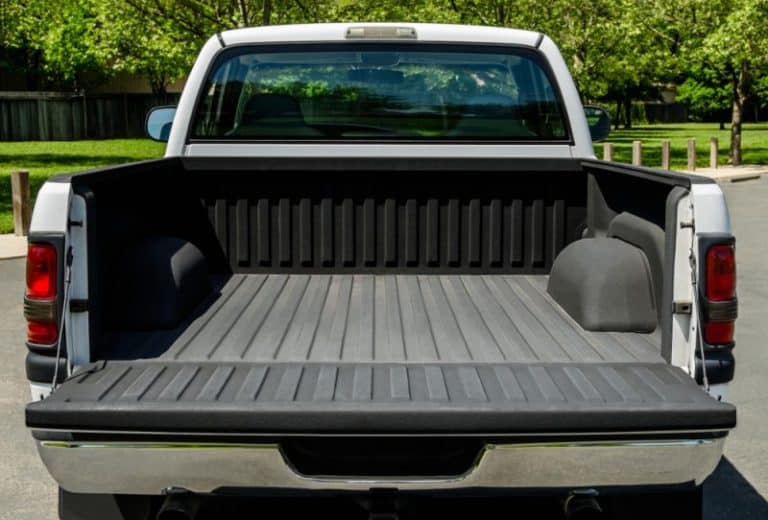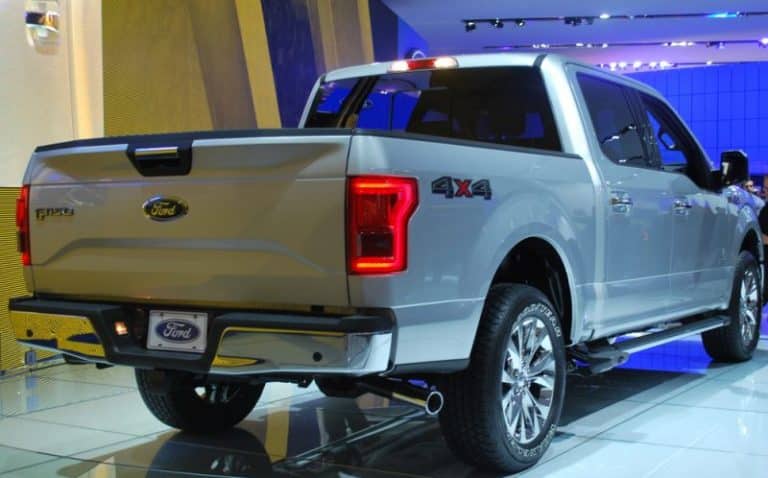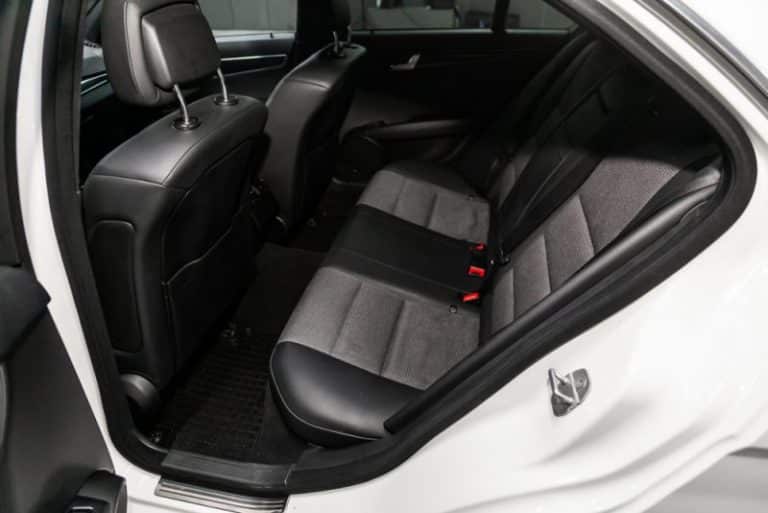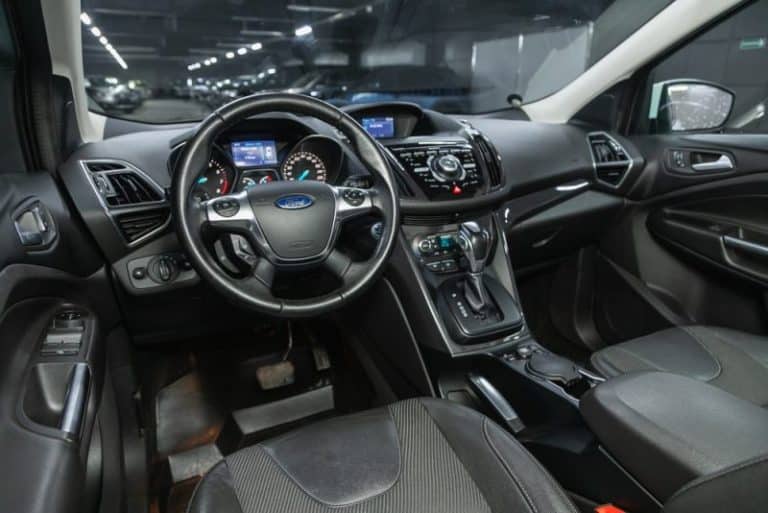Does Ford F-250 Have Locking Differential? (Let’s See)
The idea of housing a locking differential in the axle of a vehicle is undeniably a nice one. The locking differential overcomes the major limitation of the open differential.
In addition, it increases traction, helping you out in the mud, sand, rocks, and other off-road situations.
Ford F-250 has the locking differential niched in the vehicle’s rear axle, which, when activated, forces both wheels on a particular axle to turn at the same speed.
Does Ford Have A Locking Differential?
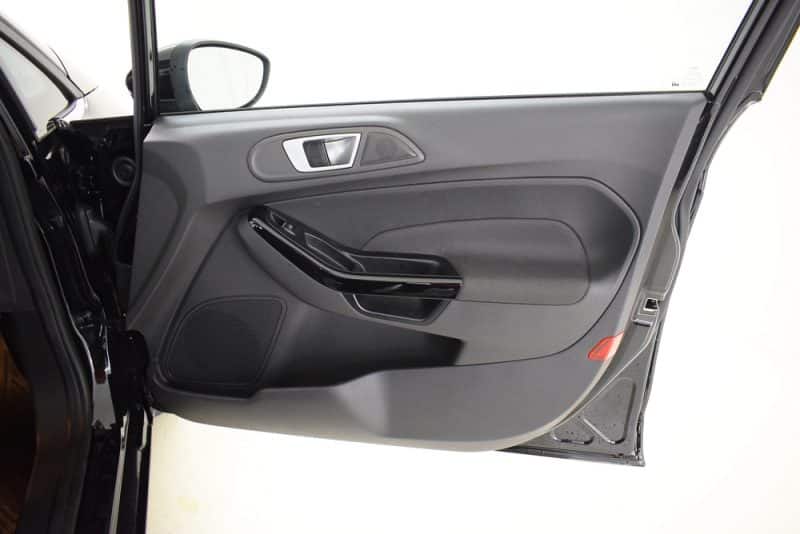
The Ford has a Locking differential on it, a mechanical component often used in vehicles.
Manufacturers made the locking differential to correct the inability of the standard open differential.
Another purpose it serves is to assist properly in mud, sand, rocks, and other off-road conditions that need maximum traction.
Unlike the open differential, the locking differential locks both wheels on an axle together.
And it also forces both wheels to turn at the same speed/rate despite the traction to either wheel.
#1. The Open Differential
When the differential is unlocked, it allows the rotation of individual wheels at different speeds, which prevents the tires from wearing.
The open differential offers the same rotational force to both wheels on a particular axle.
This statement above means that even though each of the wheels can rotate at varying speeds, they still apply the same torque. Whether one is fixed or not, the other keeps rotating.
The Open differential provides equal torque (rotational force) and Unequal rotational speed.
#2. The Locking Differential
On the other hand, the locked diff does not allow the rotation of each of the wheels at different speeds but rather forces both wheels on a particular axle.
Therefore, the locking differential doesn’t provide the same torque to both wheels, so although the wheels spin at the same speed, they apply different torque.
When one stops spinning, the other stops spinning too. The Locking differential offers a huge traction advantage over an open differential.
However, this is when the force pulling the wheels to the ground differs greatly.
However, those mentioned above apply only to Central differentials cum the differential niched in each axle.
There are three kinds of differentials for a four-wheel-drive vehicle. First, there’s the central difference between the front and rear axle, others in each axle.
A typical example of a Ford with a locked differential is the Ford F-150 14th generation.
If your Ford Super Duty has the electronic locking differential, then the full lock diff kit matches it perfectly without a doubt.
In addition, the full lock diff kit has benefits ranging from the installation to the user; it won’t be a problem even for a child!
You don’t have to activate engagement on any new component; it strictly maintains the factory switch.
It terminates lag time from disengaging or engaging the factory electronic locking differential.
It also helps to add up traction, allowing you to drive around in low-traction situations.
Does My F-250 Have Locking Differential?
The F – 250 has a locking differential, and in fact, a 3.55-geared locking axle is visibly present on the newly manufactured 2022 Ford F-250 and Ford’s 6.7L Power Stroke V8.
So if your F-250 is 2023, you have no worries because it has a locking rear differential.
Notwithstanding, other models like 2002 – 2021 could still have the locked diff.
People express frustration upon realizing that the trucks they ordered had no diff-lock, no traction on slippery surfaces – life sure seems tiring to realize this, courtesy of the absence of an electronic locking differential.
The 2011 Ford Super Duty F250 has a single 10.5-inch rear differential.
Imagine stepping in the mud with your vehicle, and you’re stuck. The good news is that with your F-250 engaged, that scenario will be difficult to lock into reality.
Apart from the elegant size and otherwise, the locking differential mechanism makes it outstanding among its class.
The vehicle might not fall if the drivers are reasonable and follow the Owner’s Manual.
The manual is crucial for proper use and safety; hence you should not ignore it.
The F-250 has a rear locking differential, commonly referred to as a locking rear differential.
The manufacturers are aware of the validity of the feature, which is why they have featured it on several of the F250 models.
The Ford F250 is one of the nice trucks with the feature, and the F-series offers the owner confidence.
How Does F-250 Locking Differential Work?
Although the F-250 locking differential is not as satisfactory as the limited-slip differential, you should never undermine its workability because it’s reliable.
The locking differential available on the F250 truck is a locking rear differential. The F-250 doesn’t come with a transaxle differential.
The locking rear differential, once engaged, forces both left and right wheels to spin freely.
The spin makes sure that each wheel rotates at the same speed or rate and applies different torque to the individual tires on that particular axle.
The rotational tactics reduce the risk of losing traction by maintaining a firm grip on the surface.
When you find yourself in low traction and off-road environments, your F250 should not cause any problems since the vehicle is specially designed for that purpose.
The locking differential offers additional traction if your vehicle is stuck. By activating the electronic locking differential and shifting it on the fly, you can help yourself out of the situation.
But. the operating speed range is 30 – 41km/h, and once it exceeds the range, the electronic differential will disengage.
However, it reengages when the car speeds below the operating speed range, that is, when it goes below 30 km/h.
It can also engage due to a few select drive modes. Click here to get a Ford F250 electronic locking differential.
Ford F-250 Electronic Locking Differential Problems?

The Ford F250 has prompted complaints ranging from switch failure to malfunctioning.
It is no news that many mechanical or technological systems go awry as time goes by, and electronic locking differential is not an exception to this trend.
But here are some of the problems consumers encounter and their possible solutions.
When your E-locker is not engaging or disengaging, it might be due to switch failure, which you can swiftly replace.
You can push a finger on the knob beneath your dashboard while driving, but it’s risky.
So seek help from reliable hands to avert the damage that act might incur in the long run.
Ford F-250 Electronic locking differential is limited to the rear axle and has no activity with the front axle.
It possesses only a rear locking differential and differs from vehicles with the front locked differential.
The electronic locking differential on the Ford F-series provides full lock diff, which is for off-road situations or uses only and not ever to be used on dry pavement.
Using the electronic locking differential on dry pathways like the tarred road or other plane dry roads tends to increase tire wear, and it also increases tire noise and vibration.
In addition, the E-locker may not engage even when activated if you press the accelerator pedal within the same time you attempt to engage.
It will produce no response because both processes do not go simultaneously.
The system will notify you via the instrument display. It will also send you a signal so you can let go of the accelerator pedal.
If the electronic locking differential proves to be difficult to disengage, take your leg off the acceleration pedal and turn the vehicle( the steering wheel) in the opposite direction.
If the aforementioned doesn’t provide satisfactory answers to your questions, then try to reach out to a professional, or you could drive to any nearby Ford dealership to check the condition.
So you don’t destroy the electronic locking differential feature on your car. Always refer to the Owner’s Manual to study the section specified for the feature therein.
Conclusion
Several features have been featured on newer cars, making them even more enticing despite the expenses.
Automakers have made provision for a feature that has made waves in terms of traction control systems on vehicles for their customers.
The Ford F250 can tread on any pathway even if it is slippery – all thanks to its electronic locking differential.

